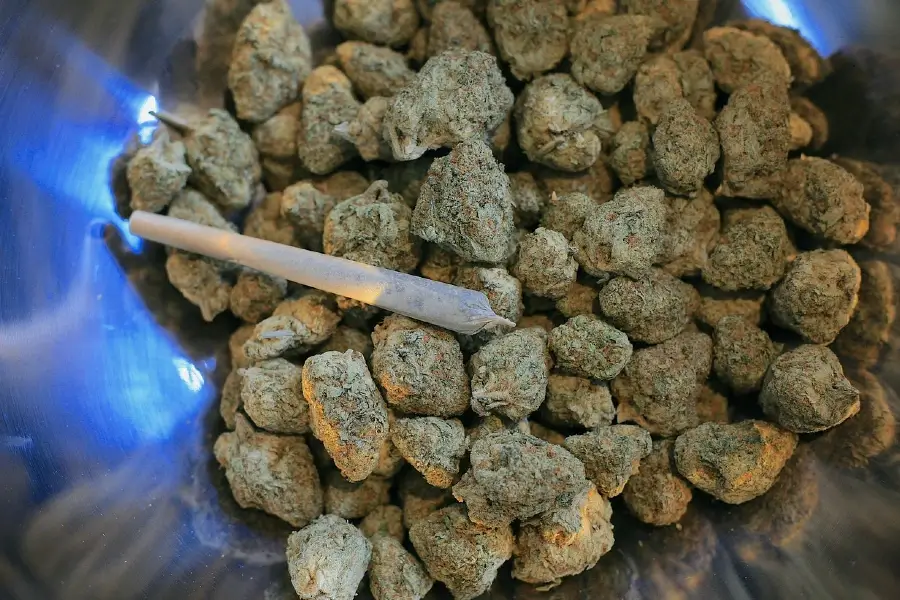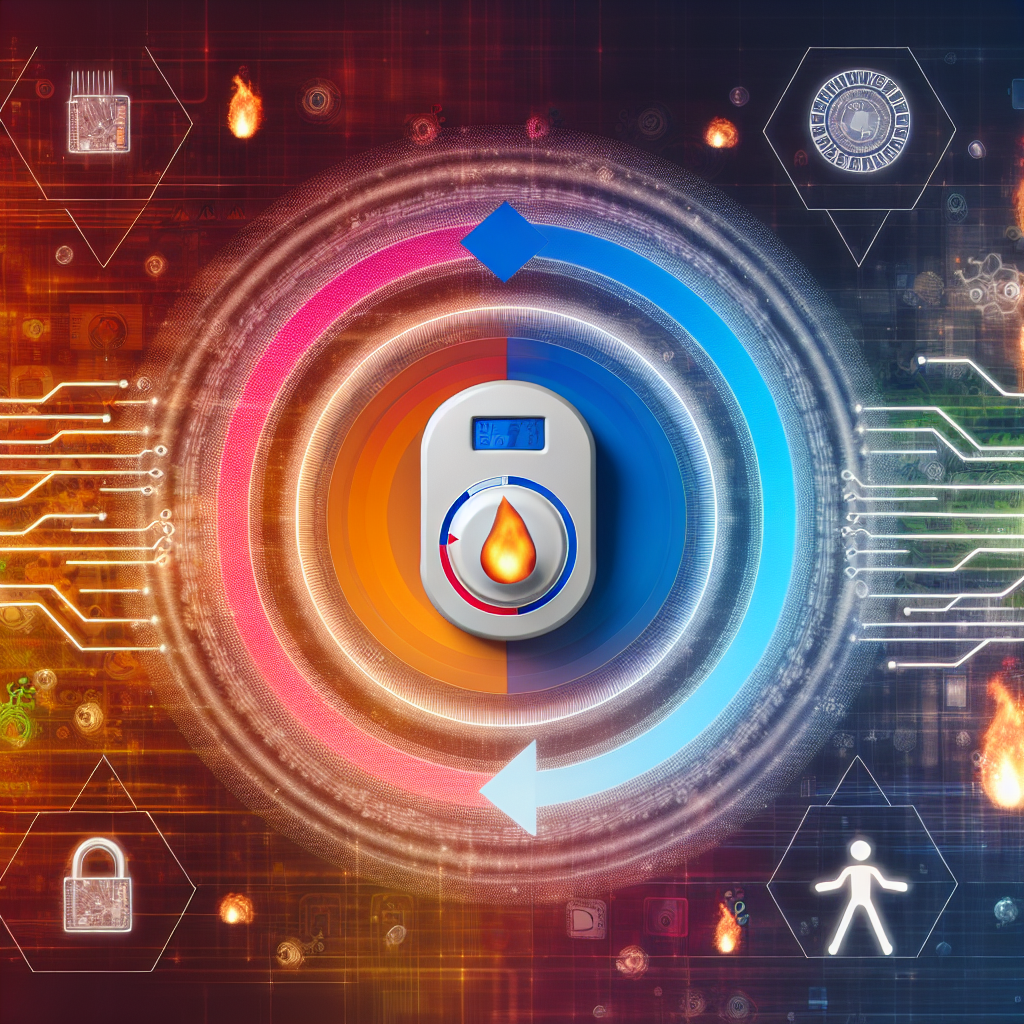Throughout history, marijuana has been employed for an extended period to enhance sleep quality. However, it is essential to note that the scientific literature regarding its efficacy for this particular application remains somewhat limited.
Several research studies have demonstrated the potential of marijuana to expedite the onset of sleep and enhance its quality, but contrasting findings have indicated its potential to impede sleep patterns.
THC, a prominent cannabinoid found in marijuana, exhibits soothing properties that can facilitate the induction of sleep in individuals.
The mechanism of action of THC involves its binding to the cannabinoid receptors located in the brain.
Throughout history, marijuana has been employed for therapeutic intentions, with THC, a prominent constituent, being identified as having soothing properties that can potentially alleviate sleep-related issues in persons.
The mechanism of action of THC involves its binding to the cannabinoid receptors located in the brain, which play a crucial role in regulating several physiological processes, such as sleep.
Research findings indicate that tetrahydrocannabinol (THC) has been associated with a reduction in sleep onset latency and an increase in sleep duration.
Additionally, it can enhance sleep quality by decreasing the number of nocturnal awakenings. The calming properties of THC are especially beneficial for persons experiencing chronic pain, anxiety, or post-traumatic stress disorder (PTSD), all of which can significantly disrupt sleep patterns.
Nevertheless, it is crucial to acknowledge that the use of marijuana as a sleep aid necessitates a cautious approach. The consumption of THC has been associated with many adverse consequences, such as dizziness, compromised concentration, and memory impairments. Moreover, consistent consumption of marijuana can result in the development of tolerance, necessitating increased dosages to attain equivalent soporific outcomes.
Engage a healthcare professional to ascertain the safety and suitability of utilizing marijuana as a means of addressing sleep disturbances.
Moreover, the legal status of marijuana exhibits variation across states and countries, and its utilization for therapeutic intentions may necessitate a medical practitioner’s endorsement or prescription. It is imperative to engage in a conversation with a healthcare professional to ascertain the safety and suitability of utilizing marijuana as a means of addressing sleep disturbances.
Nevertheless, tetrahydrocannabinol (THC) has the potential to induce feelings of anxiety and paranoia, hence posing challenges in maintaining uninterrupted sleep. Moreover, excessive consumption of marijuana can result in the development of tolerance and reliance, thus exacerbating the challenges associated with achieving restful sleep in the absence of the substance.
CBD, a distinct cannabinoid present in marijuana, has demonstrated sleep-enhancing properties. Further investigation is required to validate these benefits and ascertain the most effective dosage and administration approach of CBD about sleep.
In general, the available evidence regarding the utilization of marijuana for sleep presents a heterogeneous picture.
In general, the available evidence regarding the utilization of marijuana for sleep presents a heterogeneous picture. Further investigation is warranted to ascertain the safety and efficacy of marijuana as a potential therapeutic intervention for sleep problems.
The following are potential hazards and adverse consequences associated with the utilization of marijuana as a sleep aid:
Tolerance and dependence: Prolonged and excessive consumption of marijuana can result in the development of tolerance and reliance, hence potentially causing challenges in achieving restful sleep in the absence of the substance.
The use of marijuana has been found to have a disruptive effect on sleep patterns, namely by reducing the duration of rapid eye movement (REM) sleep, which is the sleep state associated with the highest occurrence of dreaming.
The consumption of marijuana has been associated with the occurrence of next-day grogginess, a state characterized by cognitive impairment and decreased performance.
Additional adverse effects: In addition to its primary effects, marijuana has been associated with several other side effects, including but not limited to anxiety, paranoia, xerostomia, and ocular hyperemia.
Suppose an individual is contemplating the use of marijuana as a sleep aid. In that case, it is imperative to engage in a discussion with a healthcare professional regarding the potential advantages and disadvantages.
Medical professionals have the expertise to assess the appropriateness of marijuana usage for individuals and provide guidance on its safe consumption.
It is essential to acknowledge that the use and possession of marijuana is prohibited by law in numerous jurisdictions. Before utilizing marijuana, it is vital to ascertain the legal regulations applicable inside one’s jurisdiction.

Dominic E. is a passionate filmmaker navigating the exciting intersection of art and science. By day, he delves into the complexities of the human body as a full-time medical writer, meticulously translating intricate medical concepts into accessible and engaging narratives. By night, he explores the boundless realm of cinematic storytelling, crafting narratives that evoke emotion and challenge perspectives.
Film Student and Full-time Medical Writer for ContentVendor.com




